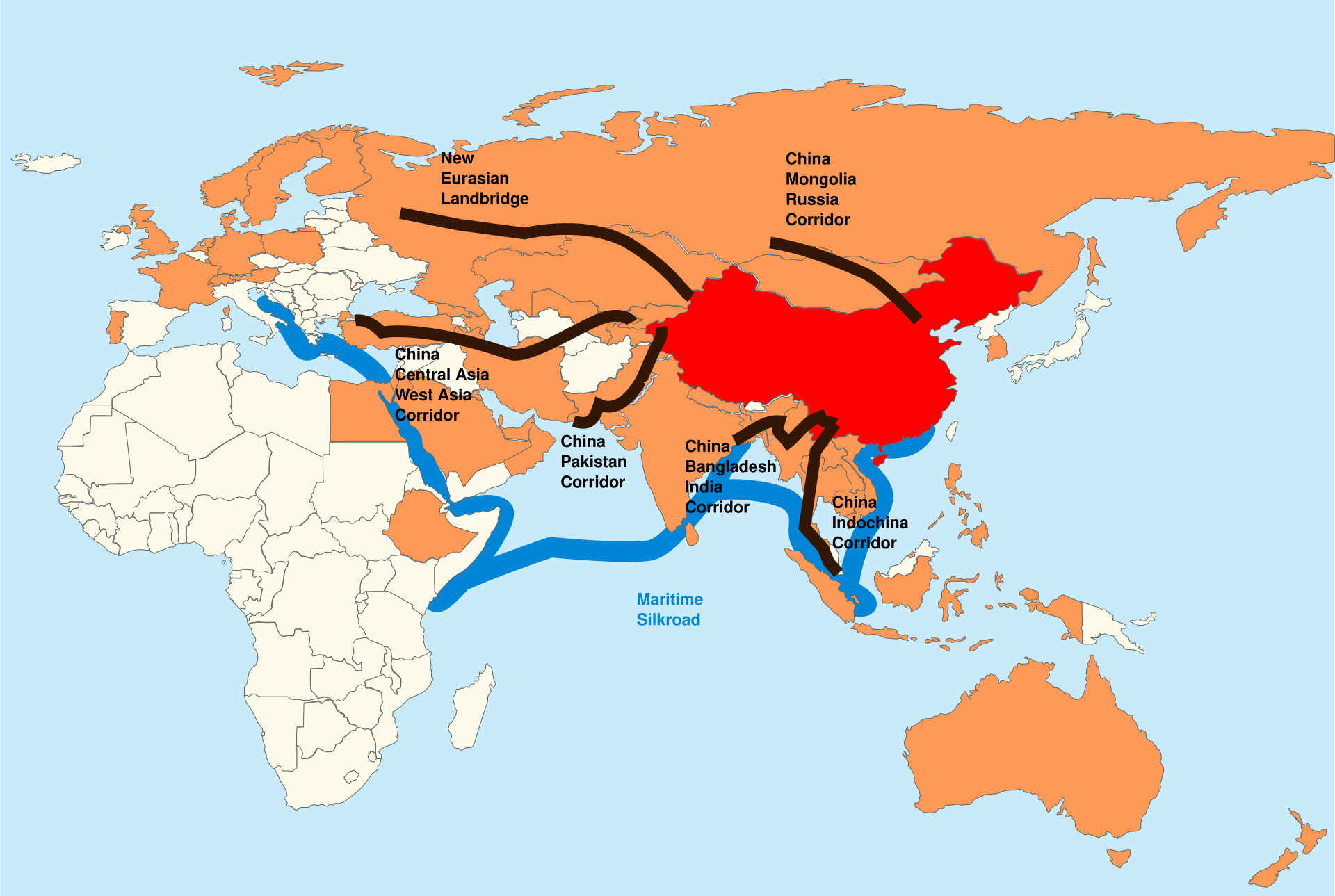Urban sparrow populations have been in decline since automobiles began replacing horse-and-buggies (tangas) as the transportation of choice and thus deprived sparrows of the chance to dip into horses' feed.
Later, rural populations of sparrows began to drop as well; pesticides and changing land use patterns were all thought to be part of that story.
However, neither of these compared to the precipitous decline that began in urban areas in the early 1990s. The decline this time around has been upto 70 % of sparrow populations in many parts of the world including India, and is linked to exhaust fumes from vehicles, declining nutritious food and lack of suitable nesting sites.
Insects and worms that are a critical part of the sparrow chick diet have been vanishing because of cemented areas and pesticide use.
Vines and hedges are an important nesting resource for sparrows and these have declined in numbers as have thick trees away from lights, noise and pollution.
Many studies were consulted for the above information : here, here, here, here, here and here.
Later, rural populations of sparrows began to drop as well; pesticides and changing land use patterns were all thought to be part of that story.
However, neither of these compared to the precipitous decline that began in urban areas in the early 1990s. The decline this time around has been upto 70 % of sparrow populations in many parts of the world including India, and is linked to exhaust fumes from vehicles, declining nutritious food and lack of suitable nesting sites.
Insects and worms that are a critical part of the sparrow chick diet have been vanishing because of cemented areas and pesticide use.
Vines and hedges are an important nesting resource for sparrows and these have declined in numbers as have thick trees away from lights, noise and pollution.
Many studies were consulted for the above information : here, here, here, here, here and here.
What are sparrows like ?
Sparrows roost communally. Their nests are usually grouped together in clumps.
They engage in social activities such as dust or water bathing and "social singing", in which birds call together in bushes. Much communal chirping occurs before and after the birds settle in the roost in the evening, as well as before the birds leave the roost in the morning.
House sparrows consume grains in fields and in storage. They do not move great distances into grain fields, preferring to stay close to the shelter of hedgerows.
Sparrows can perform complex tasks to obtain food, such as opening automatic doors to enter supermarkets.
The house sparrow is monogamous, and typically mates for life.
Young house sparrows remain in the nest for a fortnight and are fed mostly on insects and worms during this period.
If both parents happen to perish, the ensuing intensive begging sounds of the young often attract replacement parents which feed them until they can sustain themselves.
Mortality is highest during the first year of life. Few sparrows survive in the wild past their fifth season.
Sparrows roost communally. Their nests are usually grouped together in clumps.
They engage in social activities such as dust or water bathing and "social singing", in which birds call together in bushes. Much communal chirping occurs before and after the birds settle in the roost in the evening, as well as before the birds leave the roost in the morning.
House sparrows consume grains in fields and in storage. They do not move great distances into grain fields, preferring to stay close to the shelter of hedgerows.
Sparrows can perform complex tasks to obtain food, such as opening automatic doors to enter supermarkets.
The house sparrow is monogamous, and typically mates for life.
Young house sparrows remain in the nest for a fortnight and are fed mostly on insects and worms during this period.
If both parents happen to perish, the ensuing intensive begging sounds of the young often attract replacement parents which feed them until they can sustain themselves.
Mortality is highest during the first year of life. Few sparrows survive in the wild past their fifth season.
What can you Do ?
From 5 sparrows visiting / living near our house in 2011, we now have about 40 who live in our garden most of the year. The steps we took around our house and garden were :
# Bajra feeding stations - as many as we had space for in different parts of the house.
# Deep water bowls filled with water to the brim so they can easily drink and also bathe in the water.
# Leftover food is collected in kitchen by scraping clear plates and karahis and given to birds in separate dishes.
# All utensils are washed atleast once in 2-3 days but washed away from the kitchen.
# Nest boxes are put up and cleaned once a year too.
# No pesticides are used in our garden so worms / insects possibly abound.
# We dont disturb the birds by sharp sounds.
# We try to keep cats away though are not always successful. Cats eat 1-2 birds for hunger but kill many more for play. Other predators such as owls or shikras kill only for hunger so are fine.
